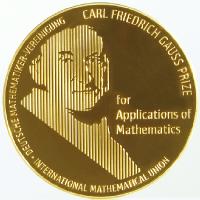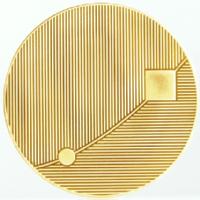Gauss Prize
It seems that only the experts know that mathematics is a
driving force behind many modern technologies. The Gauss Prize,
awarded for the first time in August 2006, has been created to
help the rest of the world realize this fundamental fact.
The prize is to honor
scientists whose mathematical research has had an
impact outside mathematics – either in technology, in business, or simply
in people's everyday lives.
The Gauss Prize is awarded jointly by the Deutsche Mathematiker-Vereinigung
(DMV = German Mathematical Union) and the International Mathematical Union (IMU),
and administered by the DMV. The prize consists of a medal and a monetary award.
The source of the prize is a surplus from the International Congress of Mathematicians
(ICM '98) held in Berlin.
With the Gauss Prize the IMU has broadened the range of its awards,
now including the influence of mathematics to other disciplines.
The award ceremony includes a brief overview of the achievements
of the prize winner. The presentation of the mathematical work will
be addressed to the general public as well as journalists, so that
all may appreciate the importance of mathematics for everyday life.
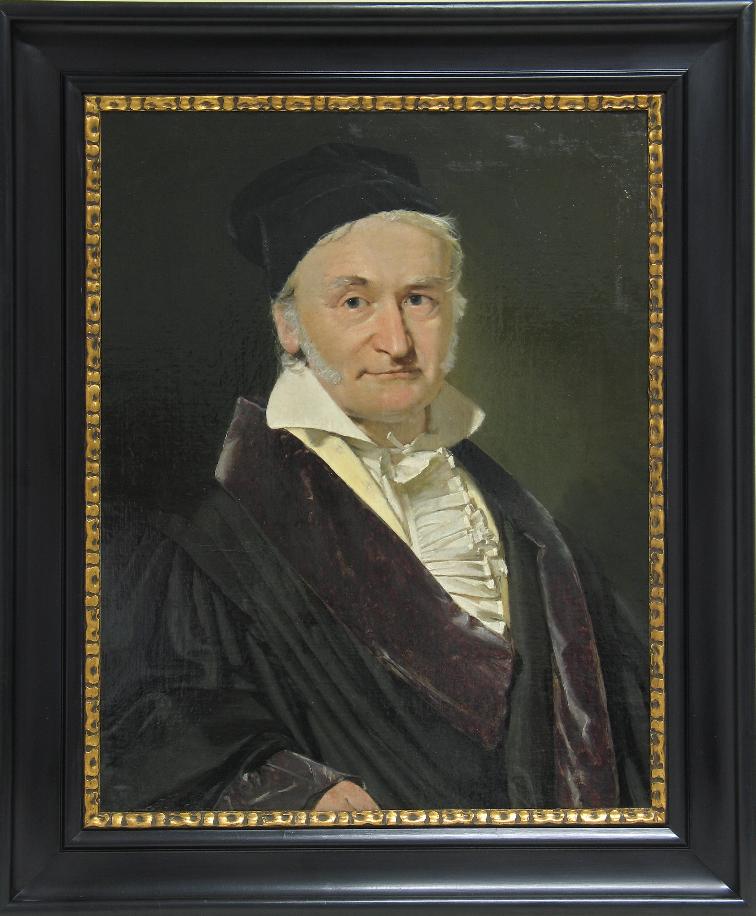
Details about the
Gauss Portrait
|
Carl Friedrich Gauss (1777-1855) was one of the greatest mathematicians of all time.
He combined scientific theory and practice like no other before him, or since, and
even as a young man Gauss made extraordinary contributions to mathematics.
His Disquisitiones arithmeticae, published in 1801, stands to this day as a true
masterpiece of scientific investigation. In the same year, Gauss gained fame in
wider circles for his prediction, using very few observations, of when and where
the asteroid Ceres would next appear. The method of least squares, developed by
Gauss as an aid in his mapping of the state of Hannover, is still an indispensable
tool for analyzing data. His sextant is pictured on the last series of German 10-Mark
notes, honoring his considerable contributions to surveying. There, one also finds a bell
curve, which is the graphical representation of the Gaussian normal distribution in
probability. Together with Wilhelm Weber, Gauss invented the first electric telegraph.
In recognition of his contributions to the theory of electromagnetism, the international
unit of magnetic induction is the gauss.
|
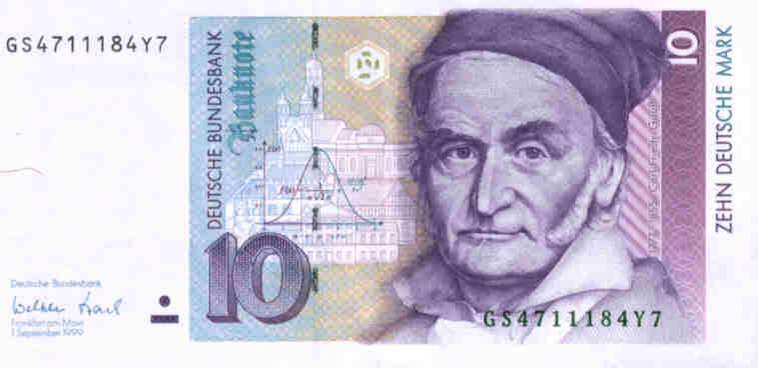
|
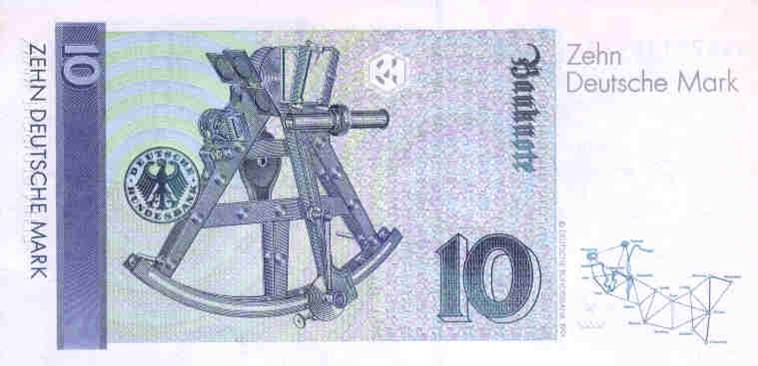
|
Statutes of Gauss Prize
Press Release
[Prizewinners]
[Prize Page]
[Nomination Guidelines]
[IMU Homepage]
|

 Contact
Contact

